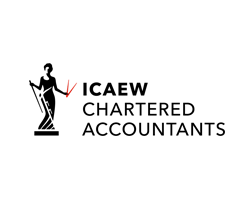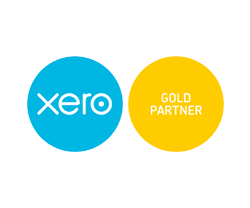I’m a director working from home – which costs can I claim?

Following on from Louise’s blog on the home working costs claimable by the self employed, we now turn our eye to those trading via a limited company. The fixed rate allowance and actual expenses method still apply but are operated differently, while the third option of charging the company a rent is added into the mix.
Claim fixed rate allowance
HMRC will allow a flat rate of £18 per month without the need to maintain receipts or bills. Simply put an expenses claim into the company, much like you would if you were employed by another company.
This method is simple to operate and the allowance does not need including on self assessment tax returns but often will not reflect the true costs incurred by those working from home on a regular or permanent basis.
Claim actual expenses
The rules for directors and employees of limited companies differ from the rules for the self employed in that only the incremental cost of working from home can be claimed. This means any costs that would have been incurred anyway – fixed costs such as insurance, rent, council tax – are immediately barred as are the fixed charge elements of gas, electricity and metered water.
The variable costs must then be reasonably apportioned between personal and business use. Typically, apportionment would take into account time spent working from home and the area of floor space utilised.
This method will normally only give a favourable result when compared to the fixed flat rate allowance if significant time is spent working from home. Preparing the expense claim, which does not need including on self assessment returns, is more complex so a lot of directors simply opt for the fixed rate allowance.
Charge a rent
Instead of making an expenses claim, as in the previous two methods, you can charge the company a rent. This can be a complicated procedure because:
- You’ll need to put a licence in place that permits the company to use your home for business purposes
- If you rent your home then your landlord may not permit sub-letting, although it is unlikely they will object when the sub-tenant is essentially yourself
- The rent must be charged at a market rate
- The room must not be used exclusively for business purposes
- The rental income must be declared to HMRC via your self assessment tax return and income tax paid thereon
- If you co-own your home then the rental income and income tax liability is split accordingly
The area that HMRC would be most interested in is how the rent charge has been determined. If you have overvalued the rent charge then HMRC will not allow full tax relief in the company’s corporation tax computation. You would still pay income tax based on the full rent received so it’s important to ensure the rent charge isn’t excessive.
Calculating market rent
There is no set method for determining an arm’s length rent charge but some strategies could include:
- Arranging for an estate agent to estimate the rent. They may charge you for this
- Finding out how much it would cost to rent similar sized office space in a business hub or centre
- Calculate the business proportion of household costs and add a mark up. This time you can include fixed costs such as insurance, mortgage interest, rent, et al. This is a useful process to become accustomed to performing, as we will see in the next section.
These are just examples; any fair and reasonable method can be used. The key point is that you can’t just pluck a figure out of thin air.
The self assessment tax return of the home owner(s)
Paying a rent works particularly well if implemented correctly, because the company will obtain tax relief, currently at 20%, on the rent it is charged while you need only pay income tax, usually at 20%, on your rental profit. This means the business proportion of the costs calculated in the previous section can be used to reduce the amount of rent received that is subject to tax.
As mentioned previously, if the home is jointly owned then the profit on the rent is split between the owners and declared to HMRC accordingly. This can lead to an even better outcome if the co-owner has spare personal allowance. The flip side is if either or both of the co-owners is a higher rate taxpayer then the benefit can be eroded by higher rate tax payable on their share of profit.
Other areas to be careful of when paying a rent would be entitlement to tax credits and child benefit so paying a rent needs to be considered carefully.





